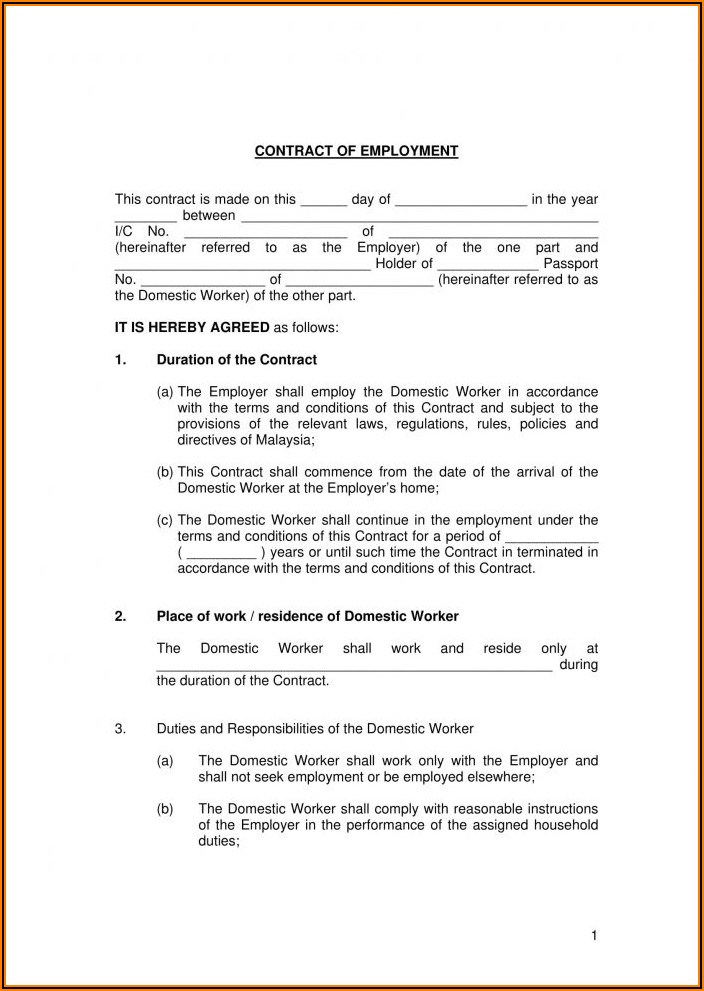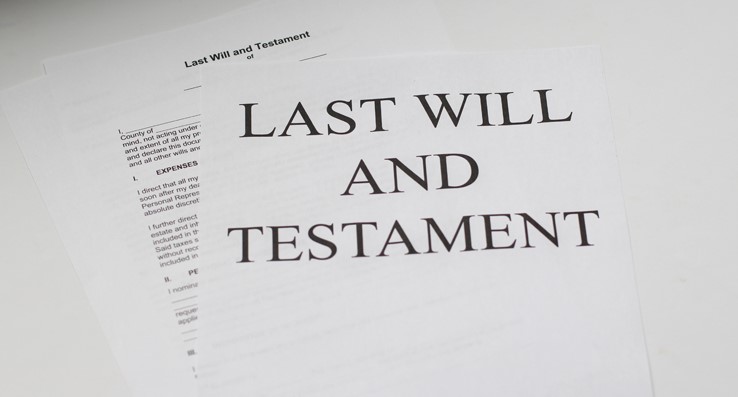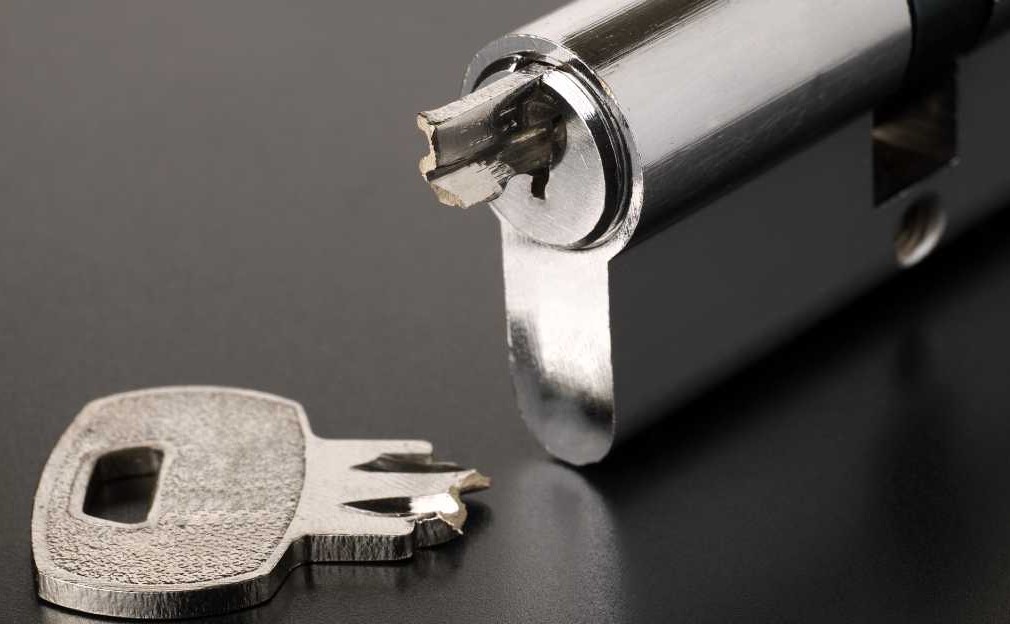Your menu is your number one selling tool for impacting what you want your guest to order. With proper menu design you can actually impact deals blend on a diurnal base and ameliorate gains. Do not just leave it up to chance. Learn these tips and apply them to your menu.
1) Noway Handcuff your Menu
Still, also you’re shackled, If you’re unfit to change or modernize any menu panel in a short quantum of time. You need to be sure you can make a change or update anytime to your menu as demanded. With the fleetly changing requests moment, this inflexibility is veritably important to staying ahead of rising costs.
2) Review your menu and update 3-4 times per time
Stick to small adaptations throughout the time rather of trying to do big adaptations once a time. This is also a great occasion to creep your menu prices throughout the time with small incremental increases.
3) Keep your menu small
Studies have suggested that you only need 20-24 selections to have an acceptable menu size for your guest. In fact, you’ll find that 8-12 of those dishes will be doing the bulk of your deals and gains. Secondly, lower menus equal lower force and waste which means better gains for the business.
4) Treat your menu like real estate
Be Apprehensive of the high spots on your menu where the compendiums eyes will tend to fall most frequently. Those high spots are like retaining high real estate. Make sure the particulars that are most profitable for the business enthrall those high real estate spots first. Don’t let your weaker menu particulars enthrall your high real estate locales.
5) Keep the eye on profit bones per dish and not food cost chance
You don’t take chance to the bank, but you do take profit bones home every night. If you have 100 guests coming through the eaterytonight.do you want to make$ 10 profit per dish or$ 7 profit per dish. This is the difference from a$ 1000 night or a$ 700 night.
6) Stagger your menu prices
A common menu circumstance is to line up the menu prices into a perpendicular column. What this does is make it veritably easy to price shop the menu. A simple fix to this is to let your menu prices naturally stagger throughout the menu at the end of the titles or line constituents.
7) First and Last Position
When you list a column of menu choices on your menu, the top and nethermost positions within the column are generally stronger positions. This ties into the idea that we overlook menus more frequently than truly reading menus. Compendiums tend to overlook around the edges which explains why we tend to notice top and nethermost positions more frequently than the middle of a column of menu choices.
8) Menu Descriptors Help Vend the Flavor and Value
People make choices of what to order by how well you can explain the food to them. Studies have shown that consumers opinion of a menu item increases in value with strong menu descriptors.
9) Highlight What You Want to Vend
Make sure your menu has highlights that draw the eye to your crucial menu particulars you want them to notice and hopefully pick first from the menu.
10) Give Them Authorization to Reject a Menu Choice
It’s always recommended to have a range of prices on your menu and not keep all your retail price points bunched up into a tight range. In fact, I want to encourage you to put a high priced dish on the menu just so that your guest can reject it. This is called internal anchoring the menu. When your guest sees a menu choice that’s outrageous in price they predicate the value of the other menu choices from that high price point. In other words, your other menu choices start to look provident when compared to your anchor point. This in turn leads to a advanced selling normal from your other available menu selections.




















